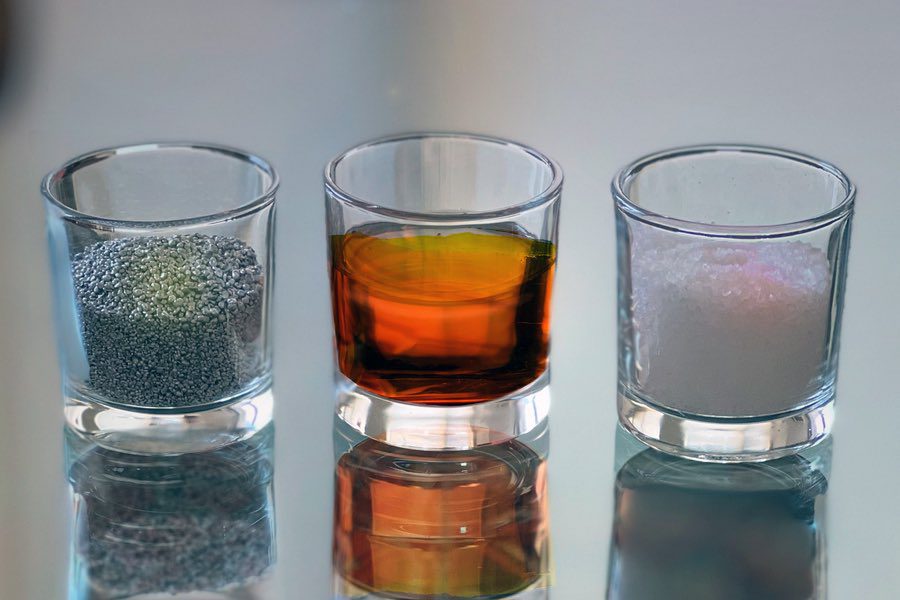Researchers based out of MIT in the US say they’ve invented a new kind of battery, made from abundant and low-cost materials, that could compete with lithium-ion batteries and help plug the gaps caused by renewable intermittency.
The new battery uses the elements aluminium and sulphur as its two electrodes, with an electrolyte made of molten salt in between, and is described in a new paper by an international team of researchers in the journal Nature.
“I wanted to invent something that was better, much better, than lithium-ion batteries for small-scale stationary storage, and ultimately for automotive [uses],” explained Professor Donald Sadoway, Professor Emeritus of Materials Chemistry at MIT.
Lithium-ion batteries have been the problem child of the renewable sector. Lithium is particularly good at storing large amounts of energy, but it’s expensive, because demand has rapidly outstripped supply in a decarbonising world. It’s also comparatively rare, though it’s mined in troves in places like Chile, China and here in Australia.
Lithium-ion batteries are also flammable, making them risky to transport. Then there’s a whole host of problems with sustainability – lithium mining requires epic volumes of water, and waste chemicals produced during mining can pollute local waterways.
To circumvent the problem, Sadoway scoured the periodic table for cheap, abundant materials that could stand in for lithium in a new type of battery. Aluminium – the most abundant metal on Earth – fit the bill.
“So, I said, well, let’s just make that a bookend. It’s gonna be aluminium,” he said.
The team paired aluminium with sulphur, one of the cheapest and most abundant non-metal elements, and sought a non-volatile compound for the electrolyte – the medium through which charge balancing positive ions can flow.
The team didn’t want to use the sorts of flammable organic liquids that can cause dangerous fires, so they looked at a variety of molten salts with low melting points – that’s because, under low temperatures, a battery doesn’t need special insulation.
“The ingredients are cheap, and the thing is safe – it cannot burn,” Sadoway said.
Experiments showed that the battery could endure hundreds of cycles with high charging rates, but at low cost – the cell-level cost of the new battery is predicted to be less than one-sixth that of current lithium-ion batteries.
The team’s aluminium-sulphur complex isn’t the only alternative to lithium-ion batteries. In recent years researchers have explored batteries made of salt, magnesium, glass and various liquids.
This battery in particular carries an unexpected advantage: the chloro-aluminate salt actually prevents the formation of dendrites, narrow spikes of metal that build up on electrodes and can short circuit the battery.
“If we had started off with trying to prevent dendritic shorting, I’m not sure I would’ve known how to pursue that,” Sadoway said. “I guess it was serendipity for us.”
According to the team, this new style of battery – small and low-risk – would be ideal for powering a single home, a small to medium-sized business, or an electric vehicle charging station – though it may not be efficient for larger installations.
Sadoway and business partner Luis Ortiz have founded a new company, Avanti, which has licensed the patents for the system.
The research team included members from Peking University, Yunnan University and the Wuhan University of Technology, in China; the University of Louisville, in Kentucky; the University of Waterloo, in Canada; Oak Ridge National Laboratory, in Tennessee; and MIT. The work was supported by the MIT Energy Initiative, the MIT Deshpande Center for Technological Innovation, and ENN Group.










